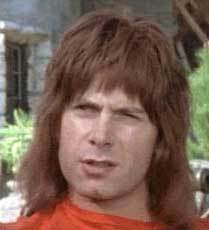linebaugh
Well-known member
I liked the excerpts posted, but I need more direction from here. What do you have to say about all of it @suspended ?
The closest thing I can say is our surrounding physical phenomena, which we can only perceive parts ofwheat would you say is definitively the territory?
I will reply thoughtfully after the gameI liked the excerpts posted, but I need more direction from here. What do you have to say about all of it @suspended ?
The territory. "What is it the map is pointing to/describing"Call what regularity?
Who is the toad in this scenario?
Because there’s no such thing as too much satisfaction, we’ve increased the range to 12.

So I think there are two vital questions this book will attempt to answerI liked the excerpts posted, but I need more direction from here. What do you have to say about all of it @suspended ?
